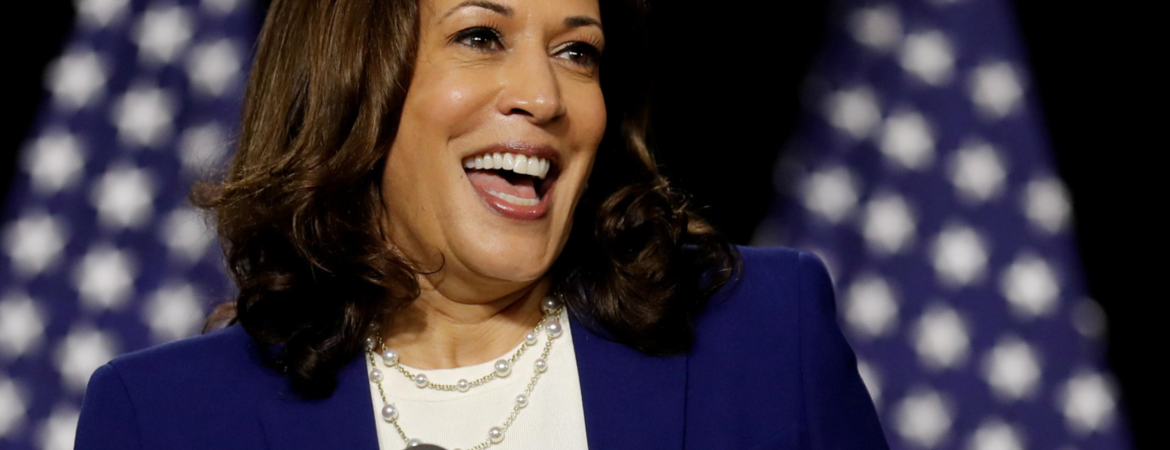Center for Social Innovation

Joe Biden’s presidential campaign plans to step up engagement with Asian-American voters this fall and is betting running mate Kamala Harris’ experience as the daughter of an Indian immigrant will resonate with the fastest-growing U.S. minority population.
Harris, whose mother was from India and father from Jamaica, made history this week as both the first Black woman and Asian American to join a major-party U.S. presidential ticket. Introducing her on Wednesday as the Democratic vice presidential nominee, Biden said, “Her story is America’s story.”
While Asian Americans are far from monolithic and are comprised of many different ethnicities, they have supported Democrats overall in recent decades. In 2016, Democrat Hillary Clinton won AAPI voters over Republican Donald Trump by a 2-to-1 margin, according to a Reuters/Ipsos Election Day poll.
In states such as Florida, Michigan, North Carolina, Georgia and Texas – all of which are closely contested ahead of this year’s presidential election, according to opinion polls – the AAPI population grew more than 40% between 2012 and 2018.
That was more than triple the pace for all residents in each state, according to data compiled by AAPI Data and the nonpartisan advocacy group APIAVote. Indian Americans represent the largest Asian-American group in each of those states.
Trump’s 2016 victory came down to fewer than 80,000 total votes in Michigan, Pennsylvania and Wisconsin, where more than half a million AAPI residents live.
“These are places where the Asian-American vote might mean the difference between victory and defeat,” Karthick Ramakrishnan, a professor at the University of California-Riverside and the founder of AAPI Data, said of the various swing states.